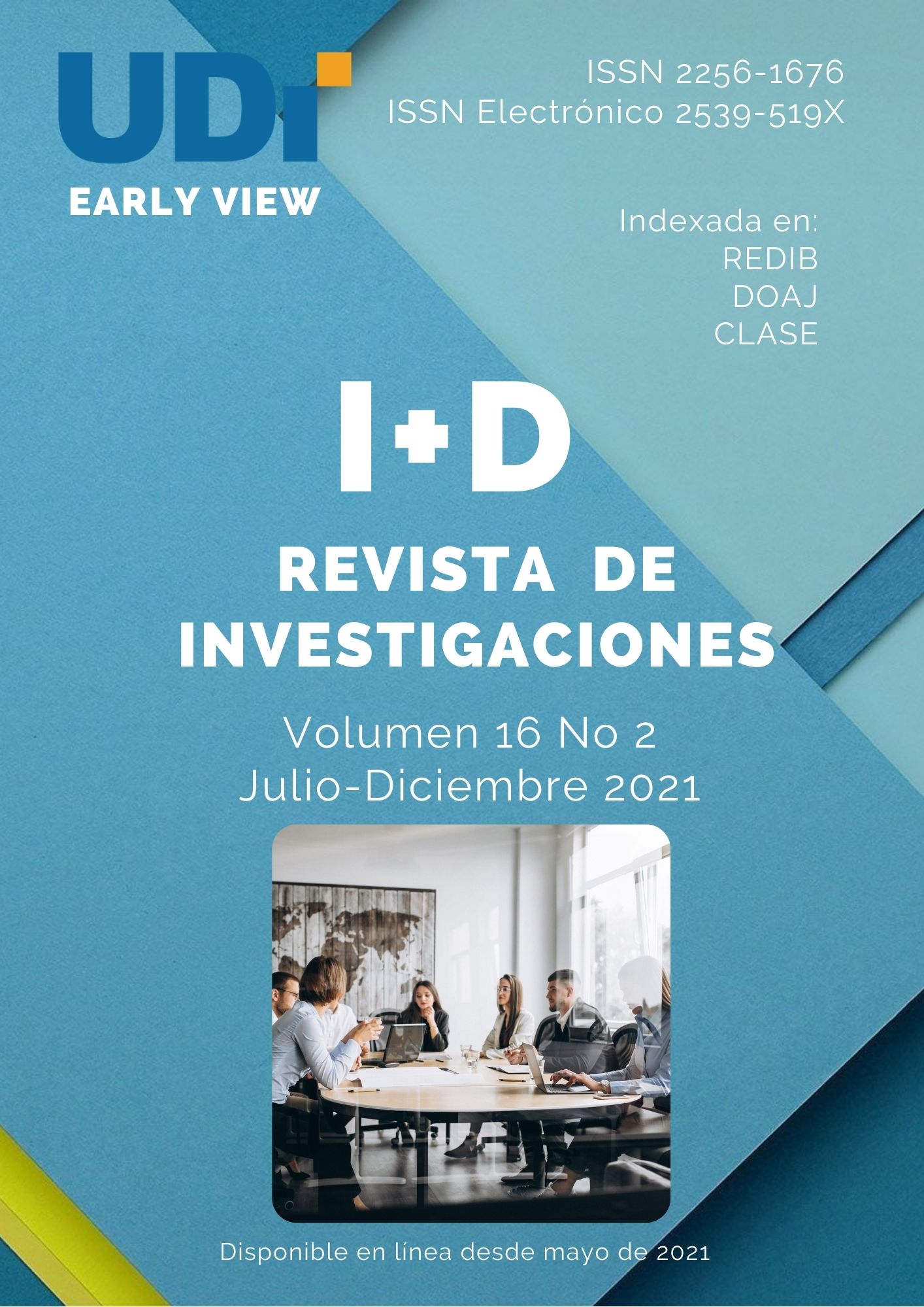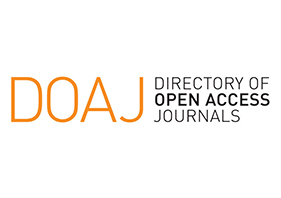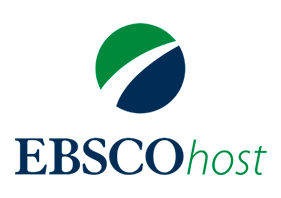Relationship between the dimensions of transformation and exploitation of knowledge in industrial companies located in Bucaramanga, Santander
DOI:
https://doi.org/10.33304/revinv.v16n2-2021005Keywords:
Absorption capacity, exploitation of knowledge, transformation of knowledgeAbstract
Since the industrial sector is one of the most important for the Santander department, 45 companies that belong to it in Bucaramanga were analyzed by this study. This research took into account two of the dimensions of the dynamic capacity of absorption of knowledge while implementing the method simple linear regression and following the ordinary least squares statistical scheme. The exploitation dimension is taken as the dependent variable and the transformation dimension is taken as the independent variable. There is a 95% confidence level that there is a statistically significant relationship between the variables with a Beta value of 1.027 in an adjusted model capable of explaining a 51.60% the movements of the dependent variable. There is a 95% confidence level that there is a statistically significant relationship between the variables with a Beta value of 1.027 in an adjusted model capable of explaining a 51.6% the movements of the dependent variable. Moreover, the cyclical characteristic of the dimensions is also exposed, that according to the theory, postulates the need for the existence of the transformation dimension for the existence of the exploitation dimension.Downloads
References
Alvarez-Melgarejo, M., & Torres-Barreto, M. L. (2018). Recursos y capacidades: factores que mejoran la capacidad de absorción. I+ D Revista de Investigaciones, 12(2), 51-58. https://doi.org/10.33304/revinv.v12n2-2018005
Arnold, T. J., Fang, E., & Palmatier, R. W. (2011). The effects of customer acquisition and retention orientations on a firm’s radical and incremental innovation performance. Journal of the Academy of Marketing Science, 39(2), 234-251. https://doi.org/10.1007/s11747-010-0203-8
Atuahene-Gima, K. (2005). Resolving the Capability–Rigidity Paradox in New Product Innovation. Journal of Marketing, 69(4), 61-83. https://doi.org/10.1509/jmkg.2005.69.4.61
Camara de Comercio de Bucaramanga. (2019). Nuevas pymes en Santander año 2018. https://www.camaradirecta.com/temas/documentos pdf/informes de actualidad/2019/pymes 2018.pdf
Cámara de Comercio de Bucaramanga. (2018). Empresas Inscritas Santander a Diciembre. https://www.camaradirecta.com/temas/indicadoresantander/indicadores/ins2018.htm
Chen, Y.-C., Li, P.-C., & Evans, K. R. (2012). Effects of interaction and entrepreneurial orientation on organizational performance: Insights into market driven and market driving. Industrial Marketing Management, 41(6), 1019-1034. https://doi.org/10.1016/j.indmarman.2012.01.017
Cohen, W. M., & Levinthal, D. A. (1990). Absorptive Capacity : A new perspective on learning and innovation. Adminstrative Science Quarterly, 35(1), 128-152.
Coronel Nuñez, Y., Velasco Burgos, B. M., & Cárdenas García, M. (2019). Characterization of the clinical laboratories of the municipality of Ocaña. Revista Científica Profundidad Construyendo Futuro, 11(11), 23-30. https://doi.org/10.22463/24221783.2565
Damanpour, F., & Gopalakrishnan, S. (1998). Theories of organizational structure and innovation adoption: the role of environmental change. Journal of Engineering and Technology Management, 15(1), 1-24. https://doi.org/10.1016/S0923-4748(97)00029-5
Expósito-Langa, Manuel Molina-Morales, F. X., & Capó-Vicedo, J. (2010). Influencia de las dimensiones de la capacidad de absorción en el desarrollo de nuevos productos en un contexto de distrito industrial. Un estudio empírico al caso del textil valenciano. Investigaciones Regionales, 17, 29-49.
García Valenzuela, V. M., Meza Ariza, L. C., & Pedraza Bautista, F. (2018). Desarrollo de la capacidad dinámica de absorción de conocimiento entre empresas familiares y no familiares de Bucaramanga, Colombia. Revista Lebret, 10, 89-109. https://doi.org/10.15332/rl.v0i10.2199
Geiger, S. W., & Makri, M. (2006). Exploration and exploitation innovation processes: The role of organizational slack in R & D intensive firms. The Journal of High Technology Management Research, 17(1), 97-108. https://doi.org/10.1016/j.hitech.2006.05.007
Hernández-Espallardo, M., Sánchez-Pérez, M., & Segovia-López, C. (2011). Exploitation- and exploration-based innovations: The role of knowledge in inter-firm relationships with distributors. Technovation, 31(5-6), 203-215. https://doi.org/10.1016/j.technovation.2011.01.007
Huang, J.-W., & Li, Y.-H. (2012). Slack resources in team learning and project performance. Journal of Business Research, 65(3), 381-388. https://doi.org/10.1016/j.jbusres.2011.06.037
Kato Vidal, E. L. (2005). La paradoja exploración explotación: una perspectiva desde la capacidad organizacional. Economía y Sociedad, 10(16), 85-98.
Lev, B., & Sougiannis, T. (1996). The capitalization, amortization, and value-relevance of R&D. Journal of Accounting and Economics, 21(1), 107-138. https://doi.org/10.1016/0165-4101(95)00410-6
Lewin, A. Y., Long, C. P., & Carroll, T. N. (1999). The Coevolution of New Organizational Forms. Organization Science, 10(5), 535-550. https://doi.org/10.1287/orsc.10.5.535
Li, Y., Vanhaverbeke, W., & Schoenmakers, W. (2008). Exploration and Exploitation in Innovation: Reframing the Interpretation. Creativity and Innovation Management, 17(2), 107-126. https://doi.org/10.1111/j.1467-8691.2008.00477.x
Macías, C., & Aguilera, A. (2012). Contribución de la gestión de recursos humanos a la gestión del conocimiento. Estudios Gerenciales, 28(123), 133-148. https://doi.org/10.1016/S0123-5923(12)70209-7
Malaver Rodríguez, F., Vargas Pérez, M., & Ardila Camelo, F. (2009). Las capacidades de absorción tecnológica: una mirada centrada en la adquisición de la tecnología. En Encuestas, datos y descubrimiento de conocimiento sobre la innovación en Colombia (1.a ed.).
Malerba, F. (1992). Learning by Firms and Incremental Technical Change. The Economic Journal, 102(413), 845-859. https://doi.org/10.2307/2234581
March, J. G. (1991). Exploration and Exploitation in Organizational Learning. Organization Science, 2(1), 71-87. https://doi.org/10.1287/orsc.2.1.71
Nonaka, I., & Takeuchi, H. (1995). The knowledge-creating company: How Japanese companies create the dynamics of innovation. Oxford university press.
Osorio Nuñez, M. (2003). El capital intelectual en la gestión del conocimiento. ACIMED, 11(6).
Pacheco Sánchez, C. A., & Rodríguez Téllez, F. (2019). Empresas B: Un diagnóstico sobre su aplicabilidad. Revista Científica Profundidad Construyendo Futuro, 10(10), 2-9. https://doi.org/10.22463/24221783.2517
Potts, J. (2000). The New Evolutionary Microeconomics. Complexity, Competence and Adaptive Behaviour (Edward Elgar (ed.)).
Ramírez Ospina, D. E. (2007). Capital intelectual. Algunas reflexiones sobre su importancia en las organizaciones. Pensamiento & Gestión, 23, 131-152.
Rodríguez Albor, G. J., Sanabria Landazábal, N. J., Reyes Romero, A. C., Ochoa Mendoza, A. C., & Altamar Lara, L. (2017). Análisis de la capacidad de absorción en la empresa: Una revisión de literatura. Semestre económico, 20(43), 139-160. https://doi.org/10.22395/seec.v20n43a6
Sarur Zanatta, M. S. (2013). La importancia del capital intelectual en las Organizaciones. Ciencia Administrativa, 1, 39-45.
Teece, D. (2007). Explicating dynamic capabilities: the nature and microfoundations of (sustainable) enterprise performance. Strategic Management Journal, 28(13), 1319-1350. https://doi.org/10.1002/smj.640
Teece, D. (2011). Dynamic Capabilities: A Guide For Managers. Ivey Business Journal, 75(2), 29-32.
Teece, D. (2016). Dynamic capabilities and entrepreneurial management in large organizations: Toward a theory of the (entrepreneurial) firm. European Economic Review, 86, 202-216. https://doi.org/10.1016/j.euroecorev.2015.11.006
Teece, D., & Leih, S. (2016). Uncertainty, Innovation, and Dynamic Capabilities: An Introduction. California Management Review, 58(4), 5-12. https://doi.org/10.1525/cmr.2016.58.4.5
Teece, D., Peteraf, M., & Leih, S. (2016). Dynamic Capabilities and Organizational Agility: Risk, Uncertainty, and Strategy in the Innovation Economy. California Management Review, 58(4), 13-35. https://doi.org/10.1525/cmr.2016.58.4.13
Teece, D., & Pisano, G. (1994). The dynamic capabilities of firms: An introduction. Industrial and Corporate Change, 3(3), 537-556. https://doi.org/10.1093/icc/3.3.537-a
Teece, D., Pisano, G., & Shuen, A. (1997). Dynamic capabilities and strategic management. Strategic Management Journal, 18(7), 509-533. https://doi.org/10.1002/(SICI)1097-0266(199708)18:7<509::AID-SMJ882>3.0.CO;2-Z
Zahra, S. A., & George, G. (2002). Absorptive capacity: A review, reconceptualization, and extension. Academy of Management Review, 27(2), 185-203. https://doi.org/https://doi.org/10.5465/AMR.2002.6587995












